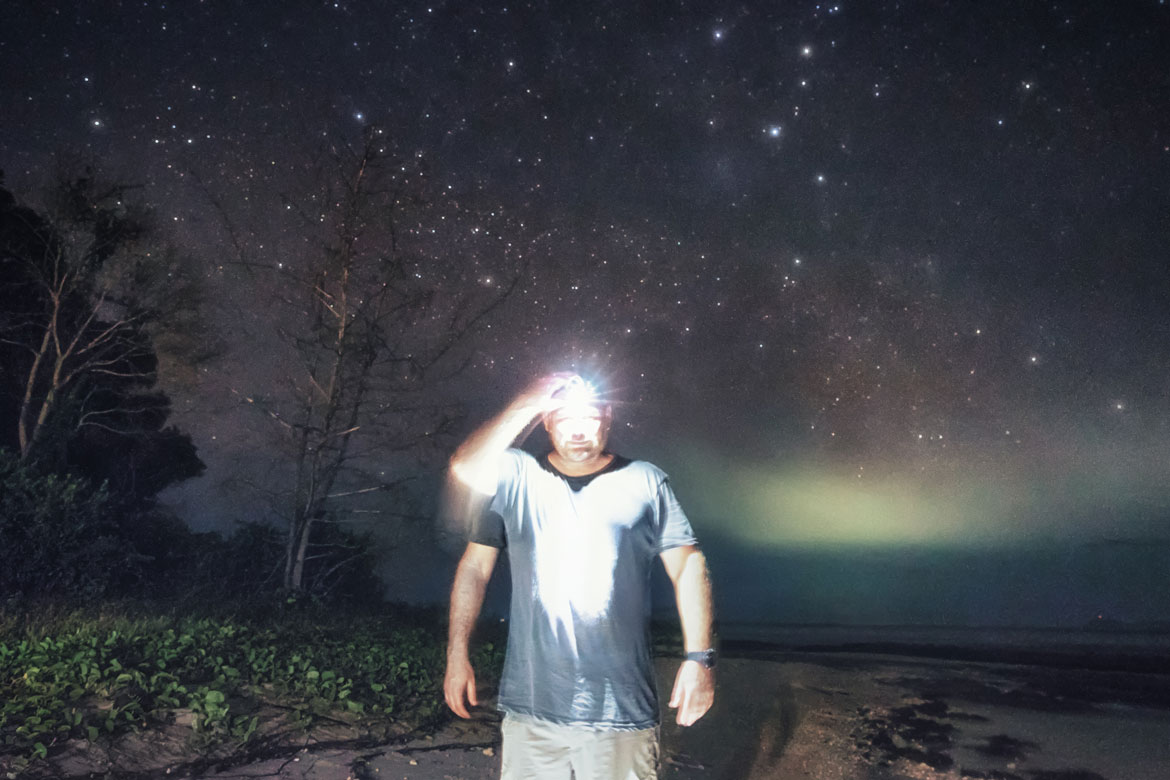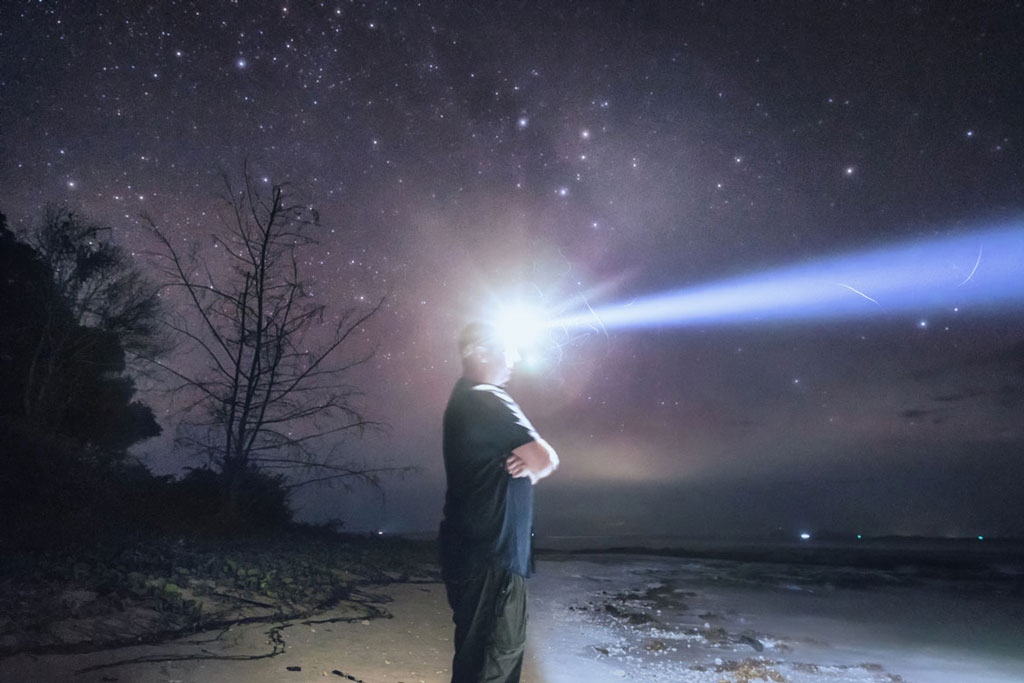The Road To The Stars – Mark Gee Reviews the EOS 5D Mark IV for Astrophotography
Famed for his stunning images of star-filled skies, we put the new EOS 5D Mark IV in the hands of award winning, New Zealand-based photographer Mark Gee to see how it performs when it comes to capturing the beauty of the galaxy.
You’re one of the first few people (in Asia at least) to have tried Canon’s newest camera – what are some of your thoughts on it?
As an owner of the EOS 5D Mark IV’s predecessor, I felt really familiar with the feel and ergonomics of the new model. The EOS 5D Mark IV has had quite an overhaul under the hood with a new 30.4 megapixel CMOS sensor with dual-pixel autofocus, 4k video capture, touch screen, WIFI and GPS, just to name a few. I really loved the precision of the new 61 AF points autofocus system, and using the touch screen for navigating menus and selecting a focus point or subject certainly makes life a lot easier.
In terms of astrophotography, how does it hold up against your usual camera?
The EOS 5D Mark IV is certainly a step up on its predecessor, and after using the camera for a few nights, I’m very impressed with the high ISO performance.

EOS 5D Mark IV, EF24-70mm f/2.8L II USM lens, f/4, 25sec, 24mm, ISO6400
Mark Gee stands under starry skies
What are some of your favourite features on the camera?
My absolute favorite new feature on the EOS 5D Mark IV is the new time-lapse feature. I shoot a lot of time-lapse, and in the past I had always needed external hardware to control the camera for time-lapse. But now you can do that right from the camera settings which is a big bonus. The other feature I love is the new touch screen, and the fact that you can continually focus during live view now. This is super handy for when shooting video, and quickly changing your point of focus when shooting stills.
Would you recommend this model to other astrophotographers? Why?
Yes, I certainly would recommend the EOS 5D Mark IV to other astrophotographers. The camera performs fantastically in low light with fantastic low noise/high ISO performance, and with the 30.4 megapixel full frame CMOS imaging sensor, I think the camera is a great choice.

EOS 5D Mark IV, EF24-70mm f/2.8L II USM lens, f/4, 25sec, 24mm, ISO6400
Justin Mott gazes out into the sea
Watch the video here:

EOS 5D Mark IV (Body)

EF24-70mm f/2.8L II USM
This article is part of “The Road To The Stars” series. Read more articles from this series from:
The Road To The Stars – Justin Mott Shoots Astrophotography For The First Time
The Road To The Stars – Mark Gee Reviews the EOS 5D Mark IV for Astrophotography
The Road To The Stars – Hack Your Way To Astrophotography
The Road To The Stars - Astrophotography in Kudat
Receive the latest updates on photography news, tips and tricks by signing up with us!
About the Author
Mark Gee is an award winning photographer and time-lapse filmmaker based in Wellington, New Zealand. Wholly self-taught, Mark ventures out to the darkest, most remote locations all around the country, enjoying the challenge of combining New Zealand’s striking landscapes with the ethereal beauty of the night sky in new, creative ways.
His short film, ‘Full Moon Silhouettes’ gained him international acclaim after going viral online, and in 2013, Mark won the prestigious Astronomy Photographer of the Year. Not only did he win it overall, but Mark also won the Earth and Space category, and the People and Space category which had never been done before in the competition's history.

































